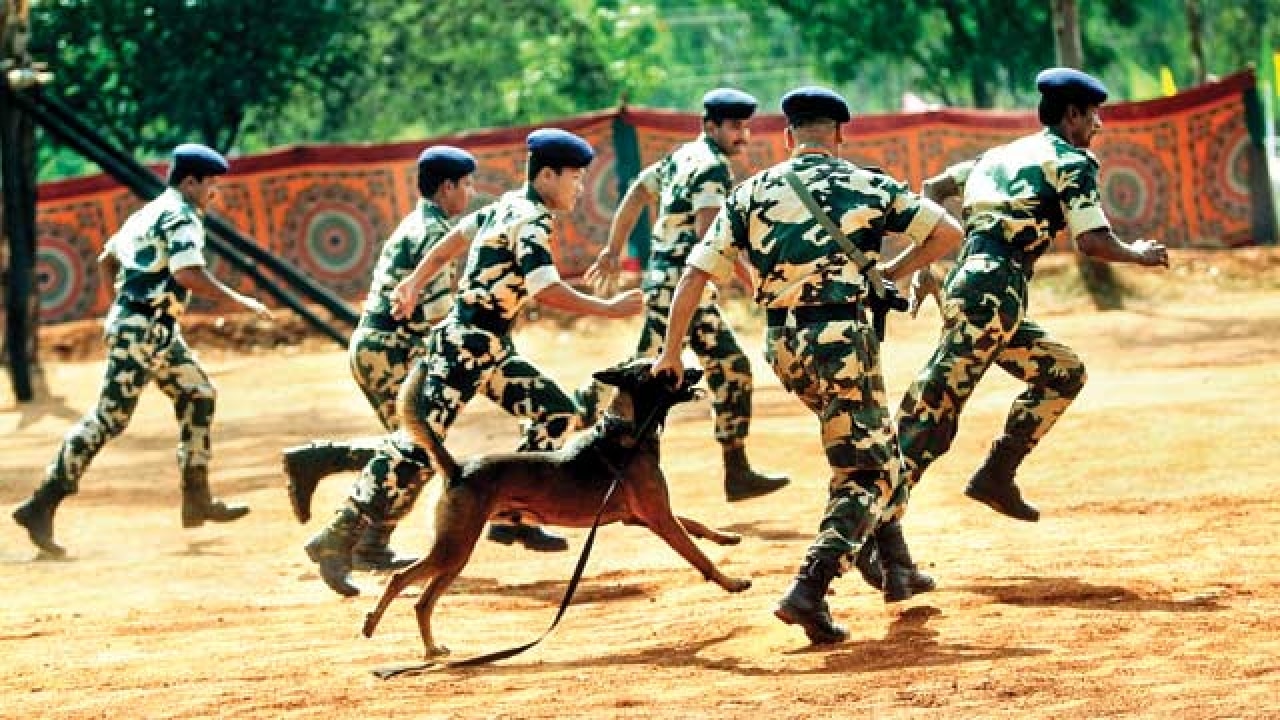
Stung by a succession of security force debacles and the abysmal failure of his ‘massive and coordinated operations’ in 2010, then Home Minister P Chidambaram had stridently raised the issue of Army deployment for counter-Maoist operations (his proposal, happily, failed). Current Home Minister Rajnath Singh has not gone quite that far in the wake of the recent carnage in Sukma, but has announced that the Army would be used to train Central Reserve Police personnel for deployment in anti-Naxal operations. The Army remains a panacea to all of India’s internal security ills in the political imagination — even as the most fundamental issues of capacity and capability of the Police and Central Paramilitary Forces are ignored for decades, in the midst of urgent crises that demand responses on a war footing.
The problem, in any event, is not so much the nature of training as the pattern of deployment and the mandate under which Forces are operating. Significantly, in Chhattisgarh, the state that has remained the worst affected by the Maoist insurrection for most of the last decade, nearly 30,000 Police personnel have been trained at the Counter-insurgency and Jungle Warfare College at Kanker; in addition, over 20,000 have been trained at the four Counter Insurgency and Anti-Terrorist Schools in the state. Actual deployment in counter-insurgency operations stands at roughly 18 battalions — yielding under 9,000 personnel on the ground — and some 36 Special Task Force (STF) teams, each of 40 to 50 personnel. Crucially, the operational footprint of this force is barely visible. It is the CRPF that appears to be spearheading whatever operations are in evidence, flung about in some of the worst-affected areas, largely in irrational deployments, and in a posture, overwhelmingly, of passive defence. A large proportion of
CRPF personnel deployed in anti-Naxal operations, moreover, have undergone no specialised training and the bulk of the force undergoes no regular retraining — so the issue is not one of training by the Army, but of any specialised training whatsoever.
Further, units have been deployed in the same areas for long periods — often up to and over five years — on duties that involve endless waiting, such as guarding road construction parties, critical installations or, indeed, their own camps. Inevitably, with insufficient executive supervision, they tend to become neglectful of the dangers around them after some time — this is natural in any protracted task of passive defence. Offensive operations are now a rarity even for CRPF deployments in Chhattisgarh, and troops tend to confine themselves to a ‘safe area’ of under two kilometres from their encampments. No project, installation or limited area can be protected indefinitely unless much wider swathes of territory are dominated by a continuous succession of offensive operations.
The most successful counter-insurgency paradigm in India has been a State Police-led response. It is the State Police that has the local knowledge and the continuous and necessary interface with local populations. And these can generate critical intelligence that underpins narrowly targeted operations that do (where the Police act in good faith) minimal harm to local populations and maximal damage to insurgent formations.
The Chhattisgarh Police continues to evade principal responsibility for counter-insurgency in the State and has sought to transfer the most onerous tasks to the Central Forces, or, in the past, to illegitimate proxies such as the Salwa Judum.
Union Home Minister Rajnath Singh has now outlined his ‘new strategy’ to deal with the challenge in a laboriously contrived acronym ‘SAMADHAN’, which pitches out hip clichés such as ‘smart leadership’ and ‘dashboard based KPIs (Key Performance Indicators) and KRAs (Key Result Areas), among others. The ‘A’ in SAMADHAN stands for ‘aggressive strategy’.
Certainly, the passivity of the past needs to be discarded, but if the message that goes down to the rank and file is mere ‘aggression’, barring the necessary transformation of leadership, mandate and capacity, much of this is going to be visited on the heads of the innocent or, at best, on low-value Maoist cannon fodder, rather than on the leadership elements that will have to be neutralised for any enduring solution.
Significantly, the ‘smart leadership’ envisaged in SAMADHAN inspires little confidence, articulated as it is in hackneyed notions of “vision, mission, passion and self-belief”. It is clear, despite a lot of talk about the Andhra Pradesh ‘model’ of success against the Maoists, that little of the Andhra experience has been understood. Every single recruit in Andhra Pradesh undergoes training and a tour of duty with the Greyhounds, and is capable of and encouraged to lead from the front. “Vision, mission, passion and self-belief” are not, of course, to be discounted; but training, capacity, and capability remain decisive in leadership — and have largely been ignored.
(The author is Executive Director, Institute for Conflict Management)